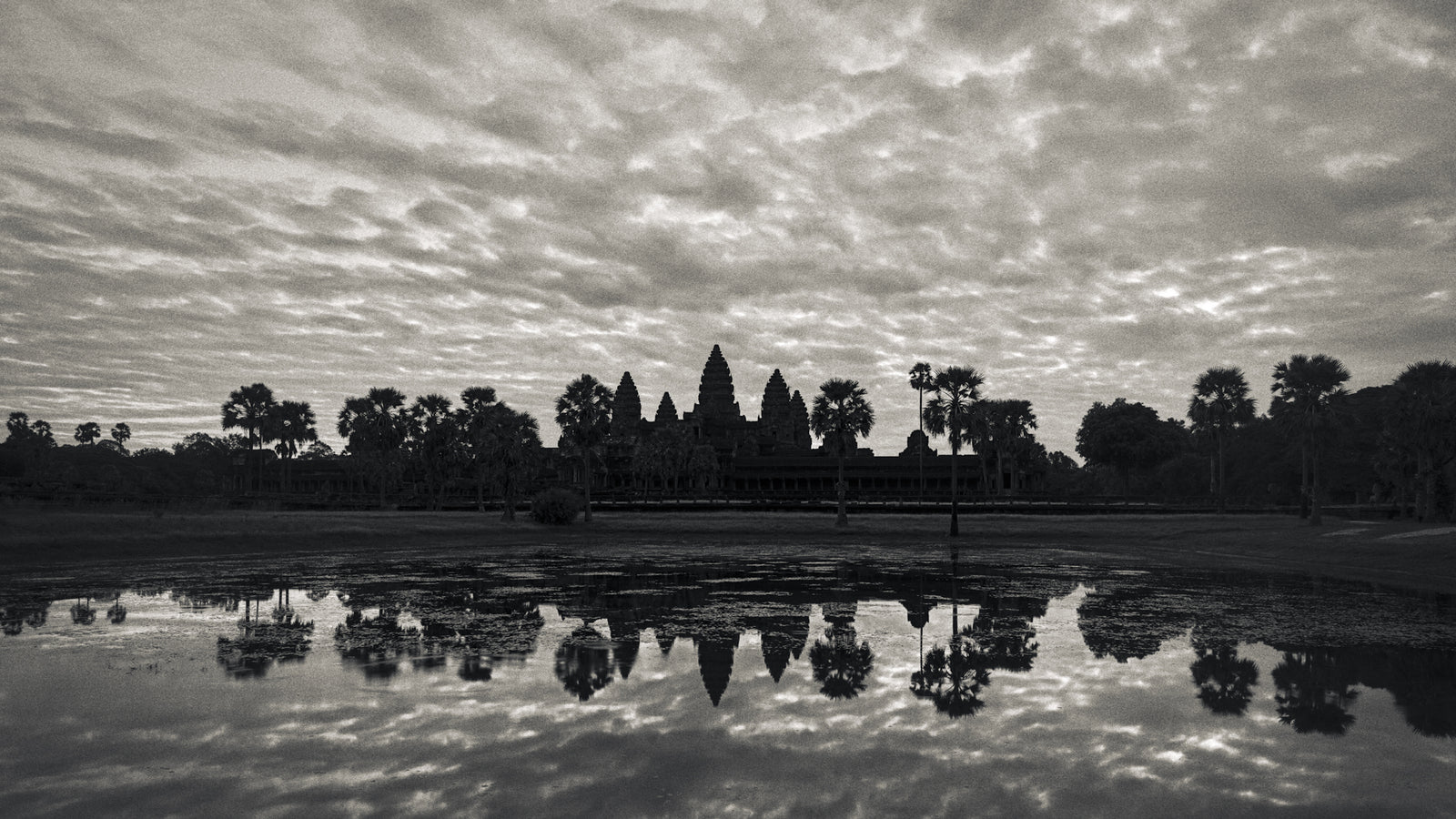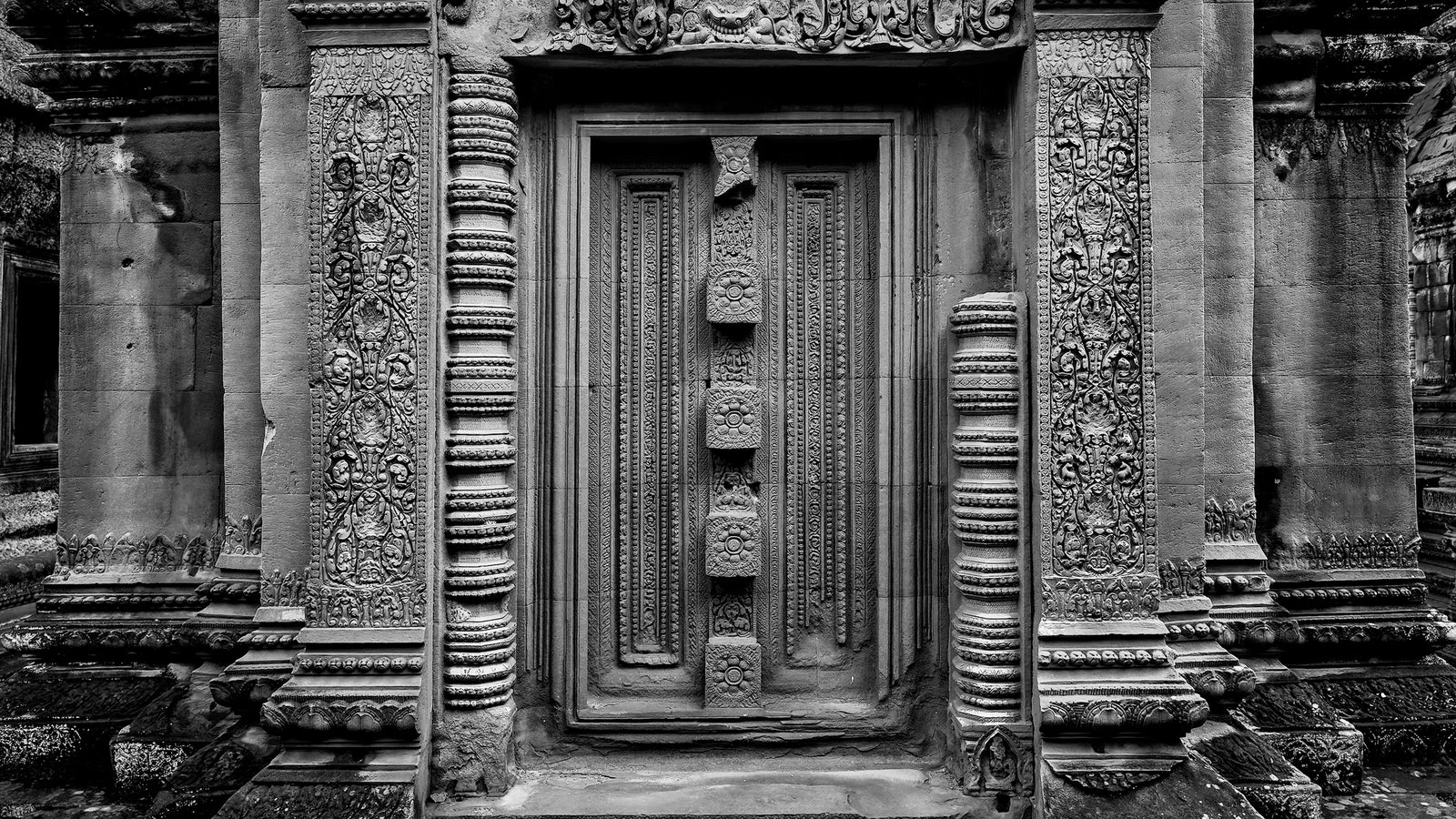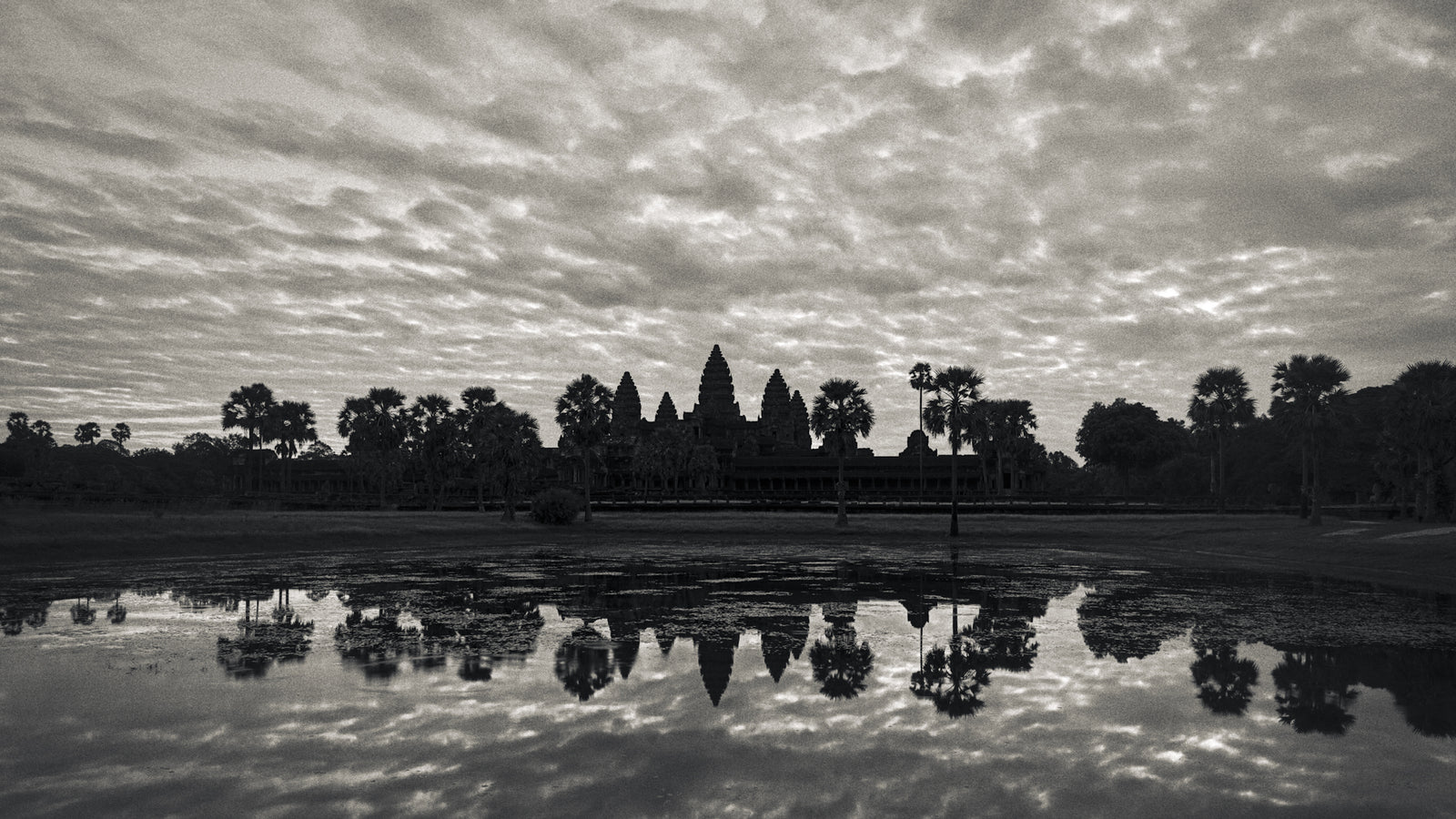Complimentary worldwide shipping on orders over $400 · No import tariffs for most countries
Complimentary worldwide shipping on orders over $400 · No import tariffs for most countries
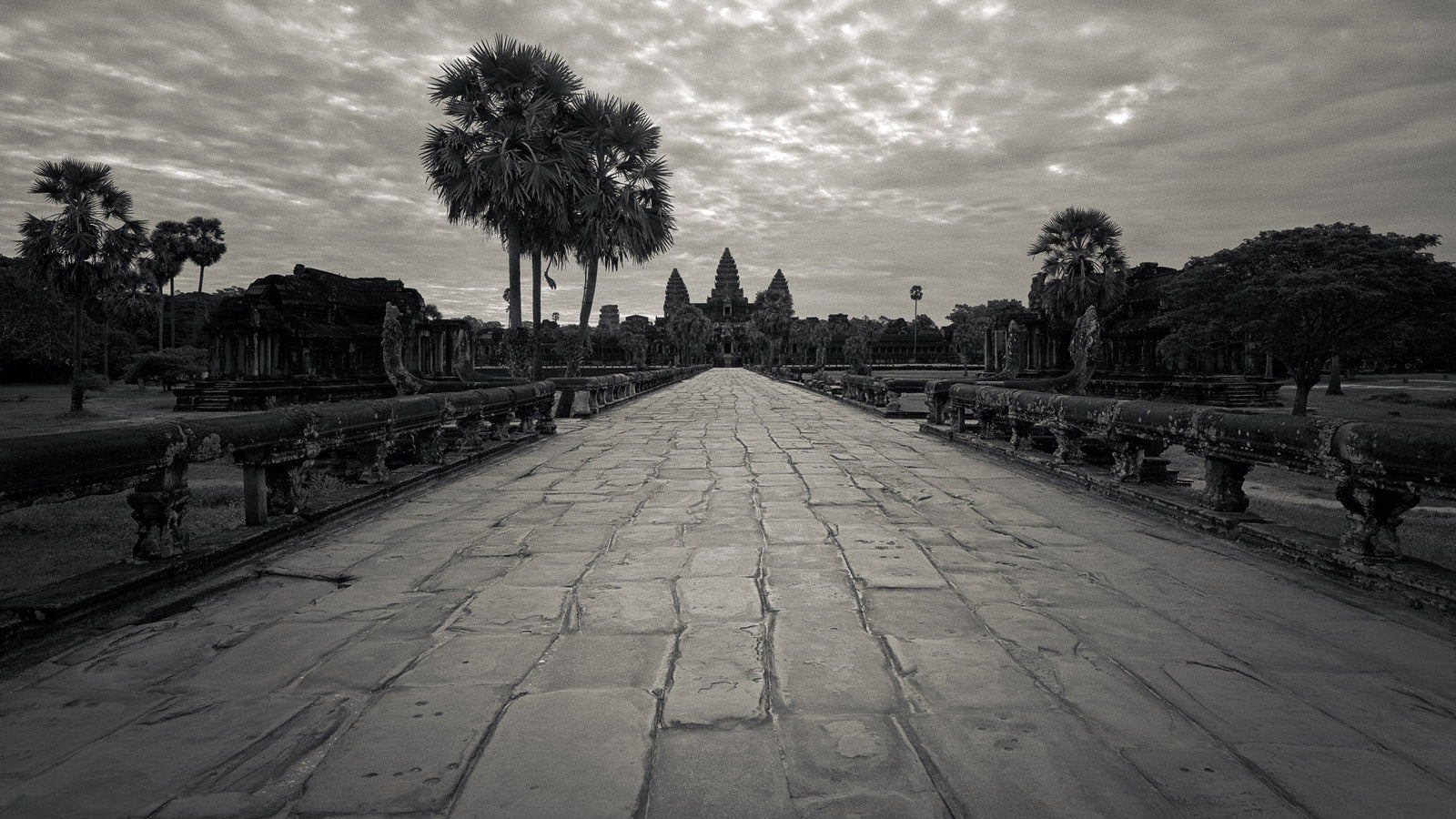
Angkor Wat Temple
2 min read
| Date: | First half of the 12th century CE (1113 – 1150), with later additions |
| Style: | Angkor Wat |
| King: | Suryavarman II (reign 1113 – 1150 CE) |
| Cult: | Hindu (Vaishnava) |
Angkor Wat (Khmer: ប្រាសាទអង្គរវត្ត, meaning 'city which is a temple') functioned as both the capital of the Angkor empire and the state temple of Suryavarman II.
The awe-inspiring sight of Angkor Wat first thing in the morning is something you’ll never forget.
Angkor Wat is the premier site in Angkor, rivalled only by the Bayon Temple it is believed to be the biggest religious monument ever built. It is certainly one of the most spectacular, and this 12th-century masterpiece represents the apex of Classical Khmer art and architecture.
British historian Arnold Toynbee said in his book 'East to West' that:
“Angkor is not orchestral; it is monumental.”
And Henri Mouhot, describing Angkor Wat in his book 'Travels in the Central Parts of Indo-China (Siam, Cambodia and Laos during the Years 1858, 1859 and 1860)', said:
"One of these temples – a rival to that of Solomon, and erected by some ancient Michael Angelo – might take an honourable place beside our most beautiful buildings. It is grander than anything left to us by Greece or Rome...
The work of giants!
The expression would be very just, if used figuratively, in speaking of these prodigious works, of which no one who has not seen them can form any adequate idea; and in the construction of which patience, strength, and genius appear to have done their utmost in order to leave to future generations proofs of their power and civilisation ..."
The temple complex covers 81 hectares (200 acres) and is comparable in size to the Imperial Palace in Beijing. Its iconic five lotus-bud towers represent the sacred peaks of Mount Meru, home of the gods, and are emblazoned on the Cambodian flag.
Angkor Wat took more than 30 years to build, and is contemporary with Nôtre-Dame in Paris and Durham Cathedral in England. The temple is dedicated to the Hindu god Vishnu, personified in earthly form by its builder, the god-king Suryavarman II, and is aligned east to west.
Angkor Wat has truly exceptional carved decoration, with extensive narrative reliefs decorating the walls, lintels and pediments. In many sections almost every square inch has been beautifully carved. You should not miss the splendid first-level galleries and the thousands of beautiful devatas and dancing apsaras carved throughout the temple.
If you'd like more information on Angkor Wat, I'm exploring it in My Journal, starting with Angkor Wat: a Sacred Pilgrimage.
Please also see:
- My Work at Angkor Wat Temple
- The in-depth articles about Angkor Wat Temple in My Journal
- Images of The Churning of the Ocean of Milk at Angkor Wat Temple, Cambodia ⧉
- Images of Angkor Wat Temple, Angkor, Cambodia ⧉
Map of Angkor Wat
Also in Angkorpedia
Join My Studio Journal
Receive occasional letters from my studio in Siem Reap—offering a glimpse into my creative process, early access to new fine art prints, field notes from the temples of Angkor, exhibition announcements, and reflections on beauty, impermanence, and the spirit of place.
No noise. No clutter. Just quiet inspiration, delivered gently.
Subscribe and stay connected to the unfolding story.
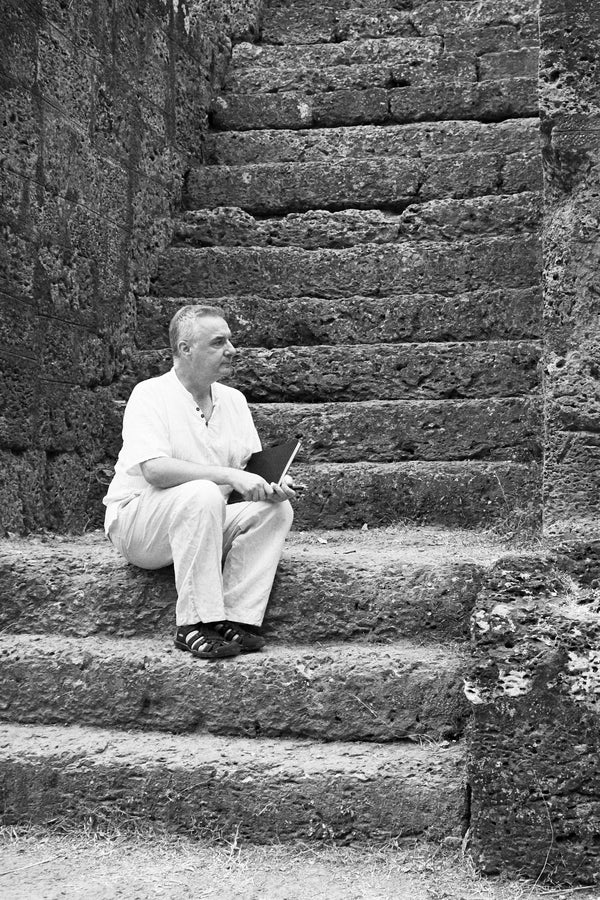
Join My Studio Journal
Receive occasional letters from my studio in Siem Reap—offering a glimpse into my creative process, early access to new fine art prints, field notes from the temples of Angkor, exhibition announcements, and reflections on beauty, impermanence, and the spirit of place.
No noise. No clutter. Just quiet inspiration, delivered gently.
Subscribe and stay connected to the unfolding story.

